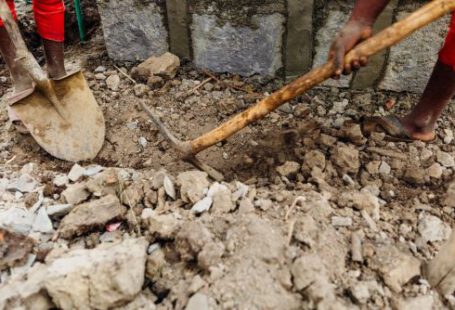The construction industry is an ever-evolving, dynamic field, and the success of any project depends on the effective deployment of construction equipment on job sites. Proper planning and optimization of the equipment deployment process are key to the success of a project. This article will discuss how to plan and optimize the deployment of construction equipment on job sites, including assessing the job site requirements, selecting the right equipment, and ensuring the safety of the equipment and personnel.
Assessing Job Site Requirements
Before beginning any construction project, it is critical to assess the job site requirements. This includes evaluating the size of the job site, the type of work that needs to be completed, and any special considerations such as access or environmental concerns. This assessment should include an analysis of the type of equipment that is required and an estimate of the number of machines needed to complete the project.
Selecting the Right Equipment
Once the job site requirements have been assessed, the next step is to select the right equipment. This includes selecting the right types of machines, such as excavators, backhoes, loaders, and dozers. It is important to select machines that are suitable for the job and that are in good condition. It is also important to ensure that the machines are up to date with the latest safety features and that they have been regularly serviced.
Ensuring Safety
Safety is of paramount importance when deploying construction equipment on job sites. Before any equipment is deployed, the job site should be inspected to ensure that it is safe. This includes ensuring that the machines are in good condition, that the area is well lit, and that the area is free from debris. In addition, personnel should be properly trained in the safe operation of the machines and should wear the appropriate safety gear.
Optimizing the Process
Optimizing the equipment deployment process is essential to ensure that the project is completed on time and within budget. This includes ensuring that the machines are deployed efficiently and that the machines are used in the most effective manner. This can be achieved by scheduling routine maintenance and inspections, utilizing the machines in the most efficient manner, and using the right tools and attachments.
Conclusion
The success of any construction project depends on the proper planning and optimization of the equipment deployment process. Assessing job site requirements, selecting the right equipment, and ensuring the safety of personnel and equipment are all essential steps in this process. In addition, optimizing the process by scheduling routine maintenance and inspections, utilizing the machines in the most efficient manner, and using the right tools and attachments will help to ensure that the project is completed on time and within budget.






